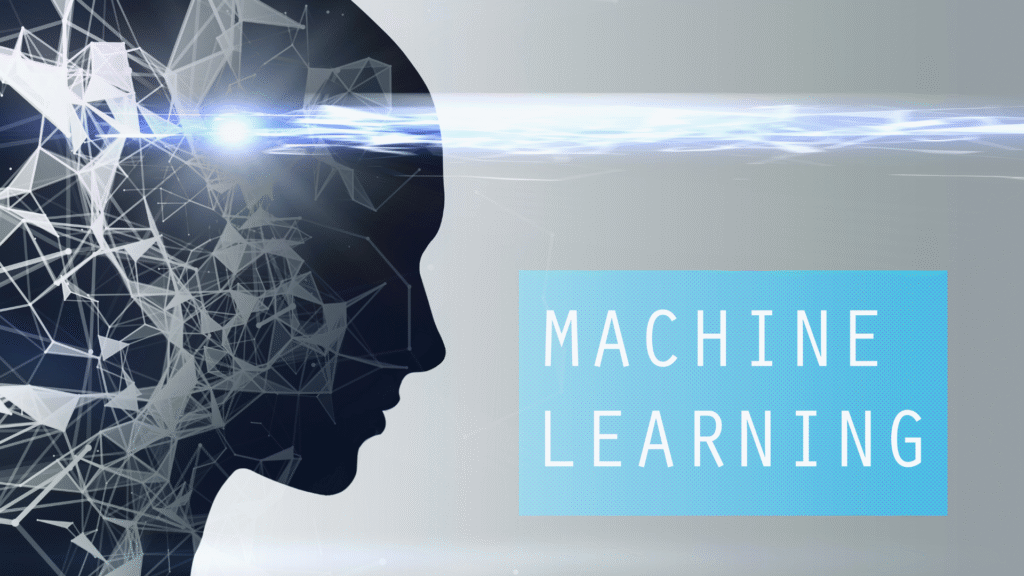Machine learning has transformed industries by enabling systems to learn from data and improve over time. This ultimate guide aims to equip beginners with practical knowledge and resources to embark on their machine learning journey. Through concise explanations and relevant examples, readers will gain a solid foundation in key concepts and techniques.
Understanding the basics of machine learning is crucial for anyone interested in technology and data science. This guide covers essential topics such as supervised and unsupervised learning, algorithms, and data preprocessing. Each concept is broken down into digestible segments to facilitate learning and retention.
As machine learning continues to evolve, staying informed will benefit both personal and professional growth. Readers will find insights into the latest trends, tools, and applications, making it an invaluable resource for those keen on leveraging machine learning in their own endeavors.
Foundations of Machine Learning
An understanding of machine learning begins with its definition, data patterns, and the various types of learning techniques used. These foundational elements are crucial for anyone looking to navigate the field confidently.
What Is Machine Learning?
Machine learning is a subset of artificial intelligence that enables systems to learn from data and improve over time without explicit programming. It focuses on developing algorithms that can identify trends and patterns in large datasets.
These algorithms are categorized into various types based on their approach to learning. Key examples include supervised, unsupervised, and reinforcement learning. In supervised learning, the model learns using labeled data. Unsupervised learning involves finding hidden patterns in data that is not labeled. Reinforcement learning trains models based on feedback from their actions in a given environment.
Understanding Data Patterns
Data patterns are the underlying structures within datasets that machine learning models aim to uncover. Identifying these patterns is crucial for making accurate predictions and informed decisions. Data can be structured, such as in spreadsheets, or unstructured, like images and text.
Preprocessing data is an essential step in revealing useful patterns. Techniques such as normalization, feature extraction, and data augmentation help optimize datasets for better evaluation. Recognizing outliers and understanding relationships between variables also play vital roles in effective data analysis.
Types of Machine Learning
There are three main types of machine learning: supervised learning, unsupervised learning, and reinforcement learning.
- Supervised Learning: Utilizes labeled datasets for training. The model learns to predict outcomes based on input-output pairs. Common applications include classification and regression tasks.
- Unsupervised Learning: Launches exploratory analysis of data without predetermined labels. It groups data into clusters and identifies hidden structures, which is often used in clustering and association tasks.
- Reinforcement Learning: The model learns by interacting with an environment and receiving feedback in the form of rewards or penalties. It’s widely used in applications like robotics and gaming.
Understanding these types helps in selecting the appropriate approach for specific machine learning tasks.
Core Machine Learning Algorithms
Machine learning primarily consists of two types of algorithms: supervised and unsupervised. Each type serves distinct purposes and uses various techniques to analyze data.
Supervised Learning Algorithms
Supervised learning algorithms require labeled datasets to make predictions. They learn from input-output pairs, helping to model the relationship between various features and target values.
Common algorithms include:
- Linear Regression: Used for predicting continuous outcomes.
- Logistic Regression: Suitable for binary classification tasks.
- Decision Trees: Versatile for both classification and regression, they split data based on feature values.
- Support Vector Machines (SVM): Effective for high-dimensional spaces, ideal for classification tasks.
The performance of these algorithms relies heavily on the quality of the training data. Proper training can lead to accurate predictions and insights.
Unsupervised Learning Algorithms
Unsupervised learning algorithms analyze unlabeled data to identify patterns and relationships. They do not rely on predefined labels, making them useful for exploring data structures.
Key algorithms include:
- K-Means Clustering: Groups data into distinct clusters based on similarity.
- Hierarchical Clustering: Creates a hierarchy of clusters, useful for data at multiple scales.
- Principal Component Analysis (PCA): Reduces dimensionality while preserving variance, facilitating data visualization.
These algorithms are critical for tasks such as anomaly detection, market segmentation, and feature extraction. Their ability to uncover hidden structures in data is invaluable for exploratory analysis.
Practical Applications and Problem Types
Machine learning encompasses various applications that can be categorized into distinct problem types. Understanding these categories helps beginners grasp the fundamental techniques used in real-world situations.
Classification Problems
Classification problems involve predicting discrete labels for data instances. Examples include spam detection in emails, where the model classifies emails as “spam” or “not spam,” and medical diagnosis, which categorizes symptoms into potential diseases.
Several algorithms are commonly used for classification:
- Logistic Regression: Useful for binary outcomes.
- Decision Trees: Easy to interpret and visualize.
- Support Vector Machines: Effective in high-dimensional spaces.
Performance metrics for evaluating classification models include accuracy, precision, recall, and F1-score. Selecting the appropriate metric depends on the problem context and the balance between false positives and negatives.
Clustering Techniques
Clustering techniques group similar data points without predefined labels. This method identifies inherent patterns in data, making it a powerful tool for exploratory data analysis.
Popular clustering algorithms include:
- K-Means: Partitions data into K clusters based on distance.
- Hierarchical Clustering: Creates a tree of clusters for diverse grouping levels.
- DBSCAN: Identifies clusters based on density, useful for discovering non-linear shapes.
Applications of clustering are vast, including customer segmentation for targeted marketing, anomaly detection in network security, and grouping similar documents for information retrieval. Evaluating clustering results often relies on metrics like the silhouette score and Davies-Bouldin index, which indicate the model’s effectiveness in capturing natural data structure.

